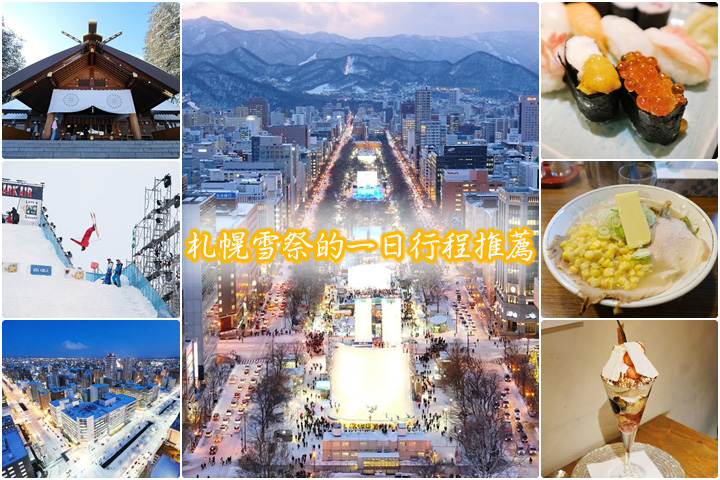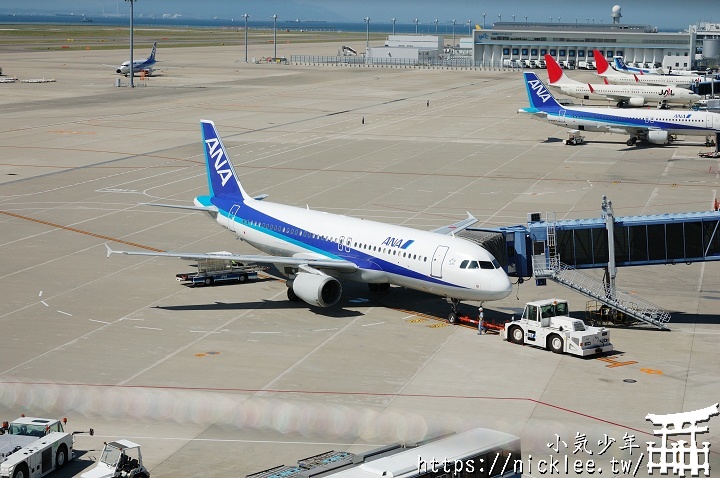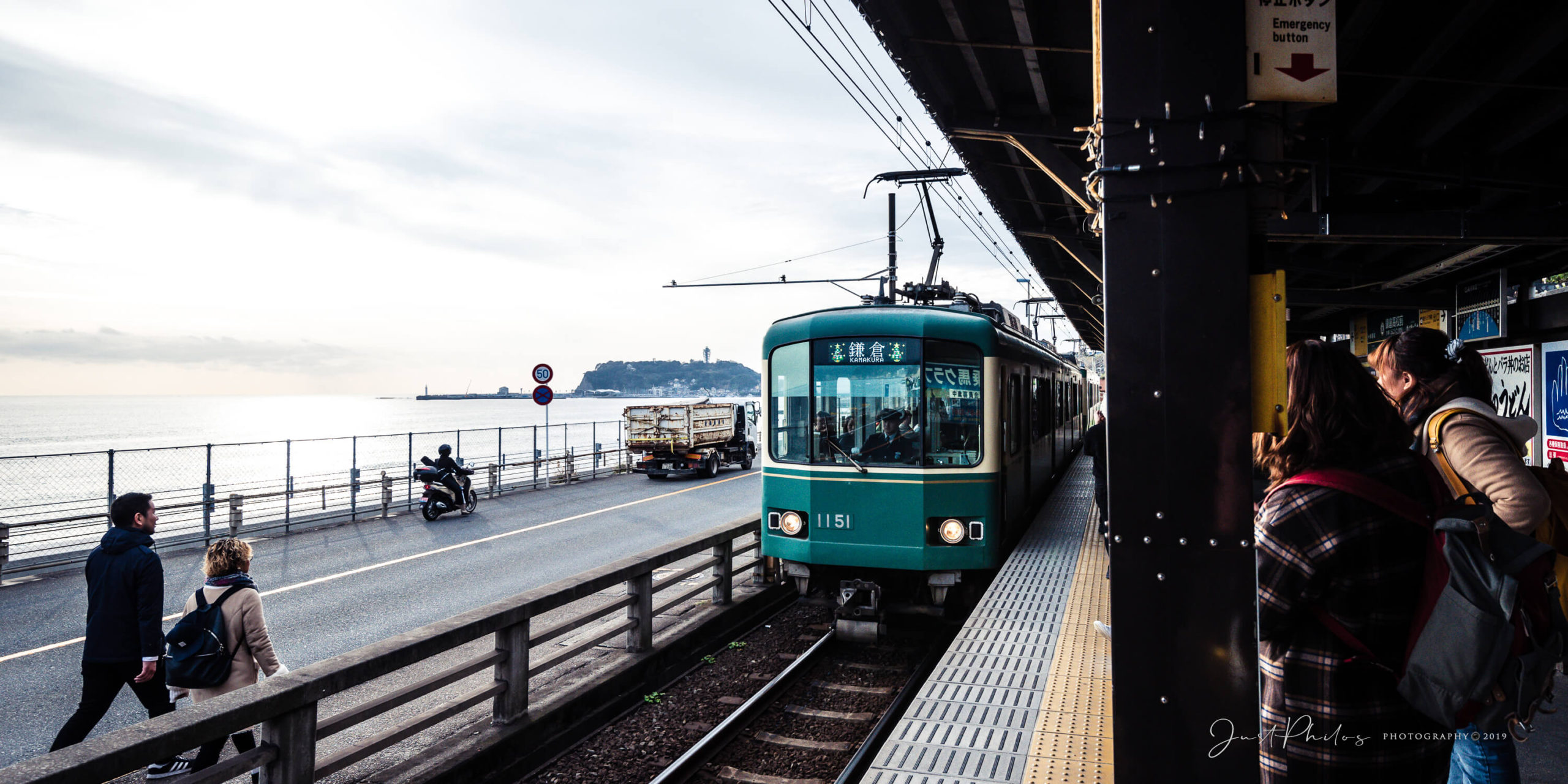Sapporo in winter is a vast expanse of white.
In the snowless year of 2020, it snowed heavily when I arrived~
Here is my one-day itinerary during the 2020 Sapporo Snow Festival.
Perfect for those visiting Sapporo during the Snow Festival. If not during the festival,
you can replace the Snow Festival itinerary with Tanukikoji, Nijo Market, Curb Market, Hokkaido University, Nakajima Park, Fushimi Inari Shrine, Mount Moiwa…
Hokkaido Shrine
Opening Hours: 06:00~17:00 (varies monthly, please check the official website for details, click here)
Phone: 011-611-0261
Address: 474 Miyagaoka, Chuo-ku, Sapporo
Transportation: Take the Sapporo Subway Tozai Line to “Maruyama Park” station, then walk about 15 minutes
Hokkaido Shrine (official website) might be the youngest jingu in all of Japan!
Built in 1869 by the decree of Emperor Meiji, Hokkaido Shrine has since been the place of worship for the guardian and pioneer gods of Hokkaido.
The main gate of the shrine faces northeast, intended to defend against Russia.
We drove there, parked the car, and walked over. On the right, you can see the shrine.

On the left is the Omotesando and the second torii gate.

Walking towards the shrine, on the left is the temizuya (purification fountain).

The current temperature is about minus 10 degrees, but the water in the temizuya hasn’t frozen due to its flow.

Heading towards the shrine.

First, we arrive at the main gate, which has a huge shimenawa (sacred rope).
However, upon closer inspection, there are no guardian deities on either side.

The shimenawa is quite large, though not as big as the one at Izumo Taisha.
But the shimenawa at Hokkaido Shrine has two extra pouches on it, probably filled with rice?!

Main Hall.

Currently, Hokkaido Shrine enshrines four deities.
God of Okunitama, the god of Hokkaido’s land.
God of Onamuchi, the god of land management and pioneering.
God of Sukunahikona, the god of land management, medicine, and sake brewing.
God of Emperor Meiji, the emperor who laid the foundation for modern Japan.

After worshipping, you can go to the back to buy Omamori (protective charms), Ema (votive tablets), and Omikuji (fortune slips).

Hokkaido Shrine sells a variety of Omamori. The first Omamori I ever bought in my life was from Hokkaido Shrine.

Besides Dmamori, there are other items like Hamaya (demon-breaking arrows), Ema, and Kumade (rake talismans).

Next to it is the Ema hanging area and the place to tie Omikuji.
You can hang your written Ema or tie your bad Omikuji here instead of taking them home.

The popular Ema features Rilakkuma.

The design on the back of the Ema.

If you want to tie your Omikuji, it’s usually the “suekichi” (small fortune) and “kyo” (bad fortune) that are tied at the shrine and not taken home.

When leaving, stand in front of the main gate and take a photo towards the Omotesando

Shrine Tea House, where you can buy food and take a rest.

There are also stalls nearby, with takoyaki on the left and sweet sake on the right.
The business seems to be doing well.

Sapporo Snow Festival – Odori Park Venue
Transportation: Take the Sapporo Subway to Odori Station, the exit is right there
Content: A world of snow sculptures, with some food stalls as well
Event Dates: 2/4~2/11 (Lights on until 22:00)
The Sapporo Snow Festival (official website) is a major winter event in Sapporo every year,
held across three venues: Odori, Susukino, and TSUDOME.
In the past, I only visited the Odori Park (official website), but this year I decided to explore all three venues to see how they compare.
However, due to limited space on this page, I’ll just introduce the Odori for now.
I will write a dedicated article later to cover the actual conditions of all three sites.
The Odori Site stretches from 1-chome (TV Tower) to 12-chome.
This time, I started my tour from 11-chome towards 12-chome, and then walked back to 1-chome.
This area is the International Snow Sculpture Contest, where teams from various countries create their sculptures.
I visited on the first day of the event, so many sculptures were still in progress.

This is the team from Hawaii, working on a sculpture of the volcano goddess.
At this stage, they had only sketched the draft.

Snow Miku, as usual, the shop had long queues.
There’s even a broadcasting studio here, with scheduled DJ sessions every day.

POKEMON’s Vulpix.

The official store of the Sapporo Snow Festival.

At 12-chome, you can see citizen-made snow sculptures, many of which are quite interesting.
The first one is the popular “Dog Officer” – a quarantine detection dog seen at major airports.

There are many snow sculptures, and I only took photos of the ones I found interesting. From top to bottom, left to right, they are:
Dogū – a representative artifact from Japan’s Jomon period.
Ultraman.
The Man Who Doesn’t Smile – a famous Japanese athlete (rugby).
Rilakkuma.

Pikachu and Vulpix.
Michael Leitch – a famous Japanese athlete (rugby).
Totoro.
Capybara, but it was hard to recognize due to heavy snow yesterday.

Mickey Mouse.
Crayon Shinchan and Buriburizaemon.
Ohta’s Isan? Many people were taking photos with it!
Dr. Slump and Poop.

The Odori Site of the Snow Festival has many food stalls offering a variety of snacks.
Due to the cold weather, it’s important to replenish your energy!

Sazae-san, a famous Japanese manga and anime.
This anime has been airing since 1969 and has over 2000 episodes.
It holds the Guinness World Record for the longest-running TV anime series.
The sculpture depicts the family exercising in the snow.

There’s also a small train you can ride, sponsored by the Nissin Cup Noodles company.

Hokkaido’s sake.

Okinawa Shurijo Castle.

The Sapporo Snow Festival features not only citizen-made snow sculptures,
but also large snow sculptures created by the Self-Defense Forces, like this one.
This is Upopoy (National Ainu Museum and Park), scheduled to open in April 2020 at Lake Poroto in Shiraoi Town.

Poland Square, featuring the Water Palace and Chopin statue from Lazienki Park.

Horse Racing!! Last year, the Sapporo Racecourse was featured.
This year, the theme is Thoroughbred Horses Racing to the World.
The backdrop is the Arc de Triomphe, symbolizing the Prix de l’Arc de Triomphe established in 1920.

Igloo Smoking Room.

Ainu Legend.
It tells the love story of the Thunder God and the Forest Goddess.

The highlight is the Shiroi Koibito Ski Jump, standing 24 meters tall, 65 meters long, with a maximum slope of 39°.
Top Japanese snowboarders and freestyle skiers will perform here.

On the first day, I watched the practice session at 4 PM. The snowfall was light at that time.

I saw some amazing tricks by skiers, and it was very entertaining.

I came back the next day to watch again.
This time it was at 7:30 PM, and I saw snowboarders, but the heavy snow almost obscured the view.
Despite the snow, the performances were still spectacular. I highly recommend watching these shows when you visit the Snow Festival.

Besides the snow sculptures, there are also various performances.
On the first day, I saw a violin performance.

And this is a singer from Sapporo – Izumi Fumi.
They performed on different stages.

Sapporo TV Tower
Admission: ¥720
Phone: 011-241-1131
Address: Odori Nishi 1-chome, Chuo-ku, Sapporo
Access: Sapporo Subway – Odori Station, Exit 27
There are three places to view the night scenery in Sapporo: Mount Moiwa, JR Tower Observation Deck T38, and the TV Tower in Odori Park (official website)
After watching the snow festival, I decided to check out the night view as well.

You need to purchase the tickets downstairs.

Before reaching the top of the tower, you first take an elevator to the third floor, then switch to another elevator to go up the tower.
I can’t remember if I saw this on the second or third floor.

It turns out that many towers in Japan were designed by Tachu Naito,
including Hakata Port Tower (Fukuoka), Beppu Tower (Oita), Tsutenkaku (Osaka), Nagoya TV Tower (Aichi), Tokyo Tower (Tokyo), and Sapporo TV Tower (Hokkaido).

The chairs here all have the TV Tower mascot on them.

You can also see the ice skating rink in Odori Park from here.

At the top of the tower, there are many souvenirs for sale.


There’s a scary window here where you can look down at the view below the tower at an angle.
I think it’s quite beautiful.

Come and enjoy the view of Odori Park.

Due to the late snowfall this year, I went up the TV Tower on February 4th. The view was nice, but unfortunately, the trees weren’t covered in snow.

I’ll have to come back another day to make up for it. T_T

Local Sushi Chain in Sapporo – Sushidokoro Saikaku
Sushidokoro Saikaku is a local sushi chain in Sapporo that uses local ingredients.
We came here for lunch this time, at the Sanjo branch.

When we arrived, it was quite busy. I took the photos after we finished eating.
The restaurant has both regular counter seats and private rooms.

The private rooms can accommodate six people.

Lunch menu (11:30~14:30)
The prices are quite low, making it an affordable option.

They also have a Sanjo branch-exclusive lunch set, which includes 12 pieces of sushi, 6 rolls, and a bowl of miso soup for only ¥1020.
What’s even more amazing is that this price includes tax!
Below is the vegetable sushi, but there are still a few pieces of fish, so it’s not entirely vegetarian.

This is the Saikaku Bento for ¥1490.
It includes sashimi, tempura, salad, miso soup, pickles, chawanmushi, dessert, and rice.

There’s also a set with tempura udon and sushi for only ¥970.

The udon looks quite delicious, with tempura.

The five-piece sushi set also looks very tasty, with one piece being scallop.
The fresh scallop is so delicious…

Lunch set – Matsu for ¥1420
It includes ten pieces of sushi, 6 tekka rolls, kombu noodles, chawanmushi, and miso soup.

The sushi includes 8 pieces: tuna, squid, salmon, crab, scallop, and shrimp.
The gunkan sushi includes 2 pieces: sea urchin and salmon roe.

The sea urchin with yam paste has a unique texture.

Chawanmushi.

Sanjo branch-exclusive lunch set – Sushi Omakase 1.5 servings for ¥1020.
It includes 10 pieces of nigiri sushi, 2 gunkan sushi, 3 tekka rolls, 3 kappa rolls, a piece of tamagoyaki, and a bowl of miso soup.

The gunkan sushi includes salmon roe and flying fish roe.

Miso soup.

Lastly, the Saikaku Nigiri Sushi for ¥5600
It includes 14 pieces of sushi and 6 tekka rolls.
You can tell that the ingredients in this set are quite different…

After taking the photos, everyone just ate whatever they liked.
Most of the sets at Saikaku Sushi are very affordable, except for the Saikaku set.
Here’s my impression
The vinegared rice has a firmer texture, and the rice grains are harder. The wasabi in the nigiri sushi is also added in larger amounts.
If you don’t like wasabi, I suggest asking for less or none when you order.
New Ramen Alley – Mogura
Business hours: 10:30~01:30
Phone: 011-512-2570
Address: Sapporo City, Chuo-ku, Minami 4-jo Nishi 3-chome
Transportation: Get off at Susukino Station on the Sapporo Subway, Exit 4, and walk for 1 minute.
For dinner, we decided to have ramen, so we came to New Ramen Alley to see what’s good to eat.
(There’s also another Original Ramen Alley nearby, but they are different places)

Although it’s called New Ramen Alley, there are only 5 ramen shops here.
This is the Original Sapporo Ramen Mogura.
The sign at the entrance says that X-JAPAN’s Yoshiki has also eaten here.

Let’s give it a try.
Since we didn’t know what to order, we went with Hokkaido’s famous butter corn ramen for ¥1000.

Condiments.

Soon, the ramen was served.
The char siu slices are enormous, covering the entire bowl of noodles.
The large piece of butter melts quickly in the hot soup.
The broth is a mild miso, not the thick and salty kind.
Once the butter melts, the broth becomes quite gentle, making it a decent bowl of ramen!

The dumplings are extremely expensive at ¥600.
The skin is thin, and the filling is well-seasoned. They taste good, but the price is too high.

Ending with a Parfait – Parfaiteria Pal
Business hours: 18:30~02:00 (last order at 01:30)
Phone: 011-200-0559
Address: 6F, Minami 4 Nishi 2 Building, 10-1, Minami 4-jo Nishi 2-chome, Chuo-ku, Sapporo
Transportation: Get off at Susukino Station on the Sapporo Subway, Exit 1, and walk for 5 minutes
In Tokyo and Osaka, it’s common to see office workers stopping by a ramen shop for a bowl of ramen before heading home late at night.
In Sapporo, after dinner, people often go for ice cream as a finishing touch.
This is the latest trend in Sapporo, known as the “Ending Parfait.”
After finishing our ramen, we headed over to Parfaiteria Pal for an Ending Parfait (official website).
It’s just a 3-minute walk from the new Ramen Alley, and the restaurant is on the 6th floor.

The restaurant’s emblem is a “Tapir”.

Since we arrived around 6:30 PM, there weren’t many customers yet. The place gets busier as the night goes on, and many people might not have had dinner yet.

The interior decor of the restaurant.


Both the wet and regular napkins have the restaurant’s logo.

A friend ordered a coffee, which also featured the Tapir emblem.

Winter at Hakkenzan, paired with coffee, ¥2000
It includes a variety of ingredients, totaling 16 kinds.
The ones I could identify were strawberries and ice cream.

Snow White ¥1650
The yellow part represents the skirt. Can you see it?
The ingredients inside include pudding and mini apples.

Pistachio and Chocolate Parfait ¥1250
This one has more ice cream, paired with chocolate and homemade cookies.
However, the pistachio ice cream tastes different from the Italian version.

Susukino Banana Baron ¥1550
This one includes baron potatoes, but I couldn’t taste them.
I could only taste the banana and chocolate.

After finishing the parfait, you can head back to the hotel for a good night’s sleep.
However, I should mention that the parfait flavors are frequently updated. I had this in February 2020.
The restaurant introduces new flavors with seasonal fruits.
So, if you visit later, you might only find new flavors.
This concludes my day during the Sapporo Snow Festival in February 2020.
You can refer to the map below for related locations.
After reading this, you might wonder why I didn’t mention Hokkaido’s famous soup curry.
It’s because there’s already too much content here. I’ll write a separate article about it another day.
『Original Source:https://nicklee.tw/2767/sapporo-snow-festival/』





